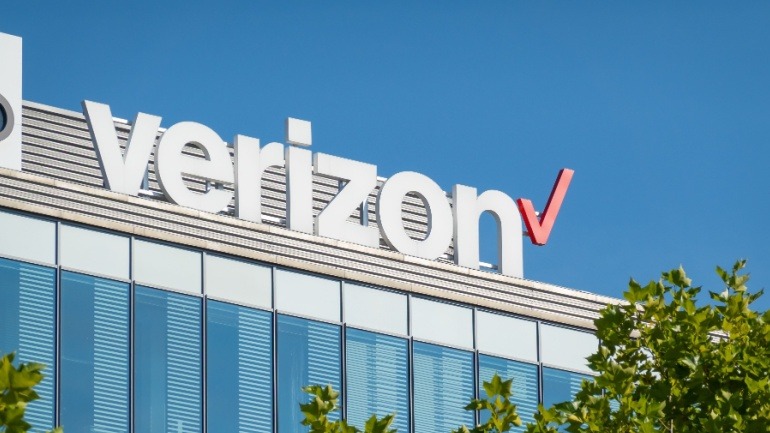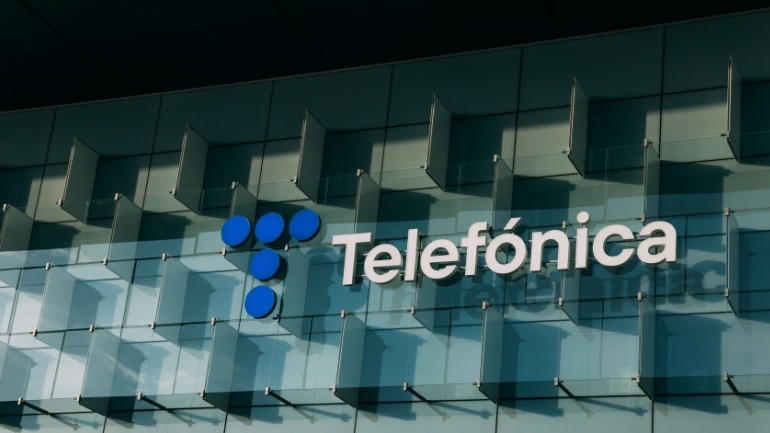The recent AT&T union worker strike in the Southeast has reached a critical juncture. Thousands of workers have taken to the streets, maintaining their picket lines as negotiations take place following accusations from the Communications Workers of America (CWA) against AT&T for unfair labor practices.
The conflict began on August 16th, when the CWA alleged that AT&T had resorted to using unqualified subcontractors due to the strike. These subcontractors, according to the CWA, are unable to perform duties safely and competently. Richard Honeycutt, CWA District 3 Vice President, stated, “During the strike, AT&T has been sending undertrained managers and contractors to perform highly technical work… Our members have seen them at work in their communities and documented unsafe practices.”
In response, AT&T has denied the charges but mentioned their commitment to reaching a fair agreement with CWA District 3. The company emphasized their eagerness to find a resolution and a federal mediator has been brought in to facilitate the discussions.
While the union continues to highlight the unsafe practices of the stand-in workers by AT&T, the telecommunications giant has remained steadfast in showcasing the specific tentative agreements reached with workers in other regions. These agreements include a $500 lump sum, significant wage increases, enhancements to benefits, and improved stability for work schedules.
These details reveal a stark difference between the union’s perspective and AT&T’s position. The CWA accuses AT&T of compromising safety and quality by replacing its skilled workforce with less experienced workers. AT&T counters by emphasizing their efforts to ensure business continuity and progress towards worker benefits in other regions. They assert that the current measures in place will allow them to maintain the high level of service their customers deserve.
Strikes are affecting several states including Alabama, Florida, Georgia, Kentucky, Louisiana, Mississippi, North Carolina, South Carolina, and Tennessee. The outcome of these ongoing negotiations remains crucial for both parties involved and will likely illustrate the broader implications of labor relations within the telecommunications industry.







